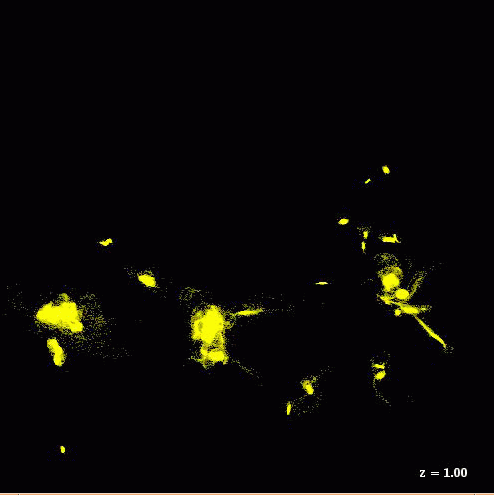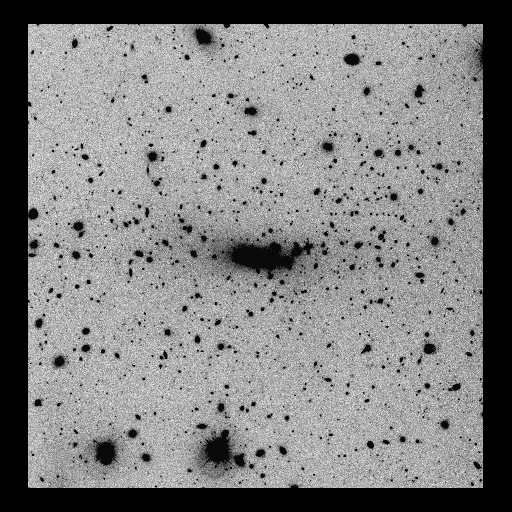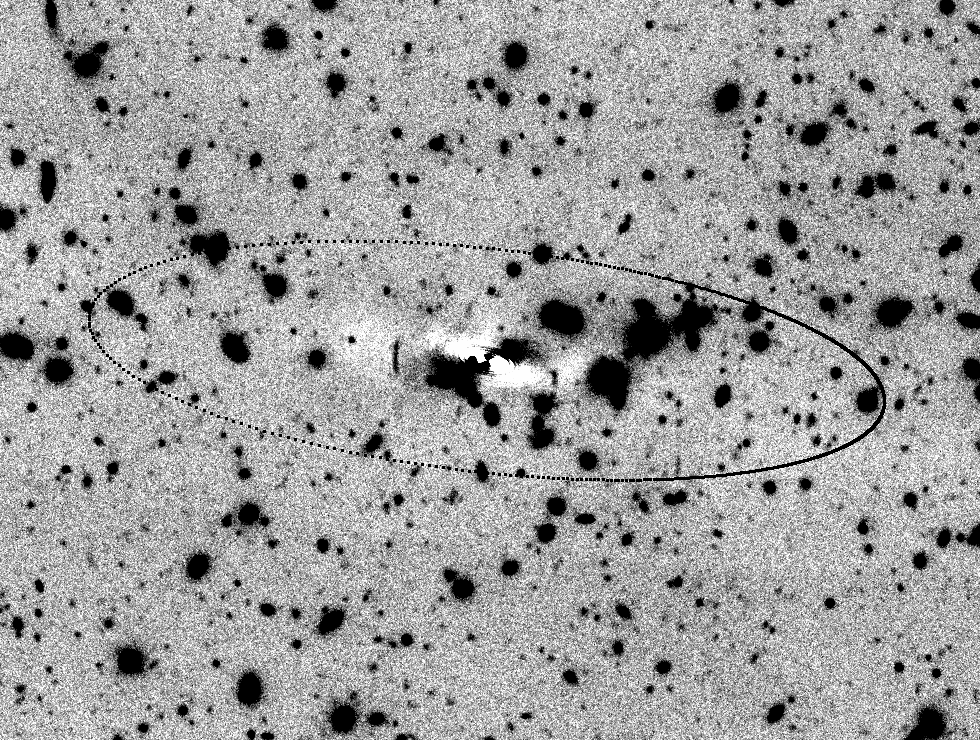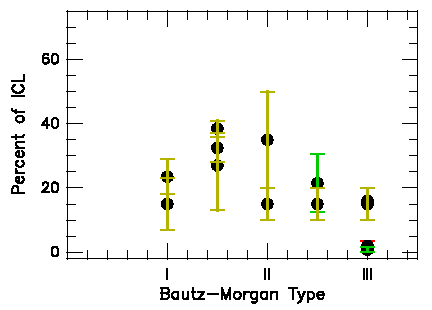We use a similar technique to Dubinski (2000):
- LCDM cosmological simulation
- ID clusters and subhalos at high redshift (z=3)
- substitute individual galaxy models (to 0.1 L*)
- evolve (collisionlessly) to z=0
We see significant kinematic and spatial substructure at early times; at late times much has been mixed/heated away. However, significant substructure remains even at z=0 at low surface brightnesses.

(Mihos etal 2003)



